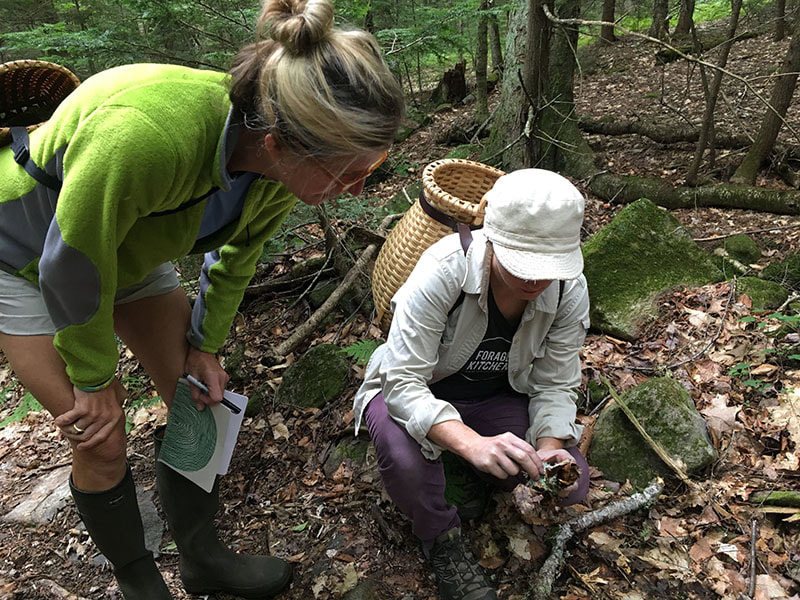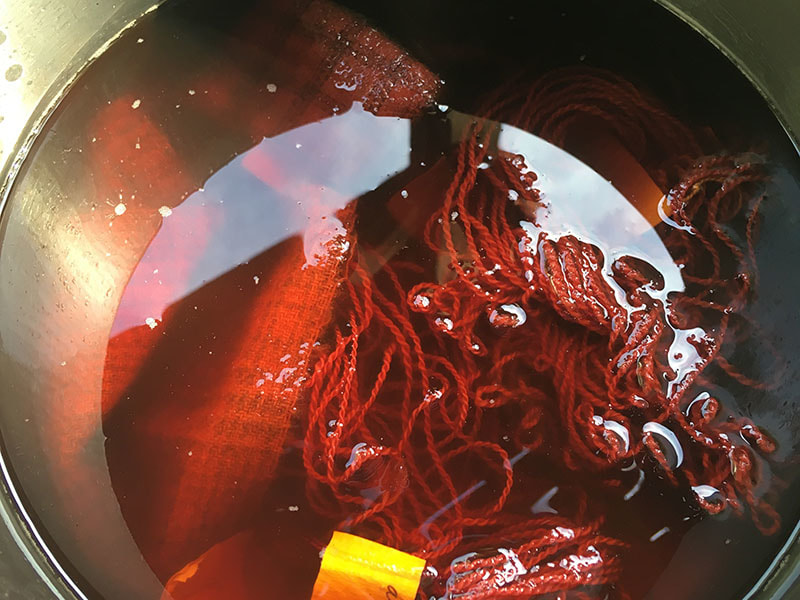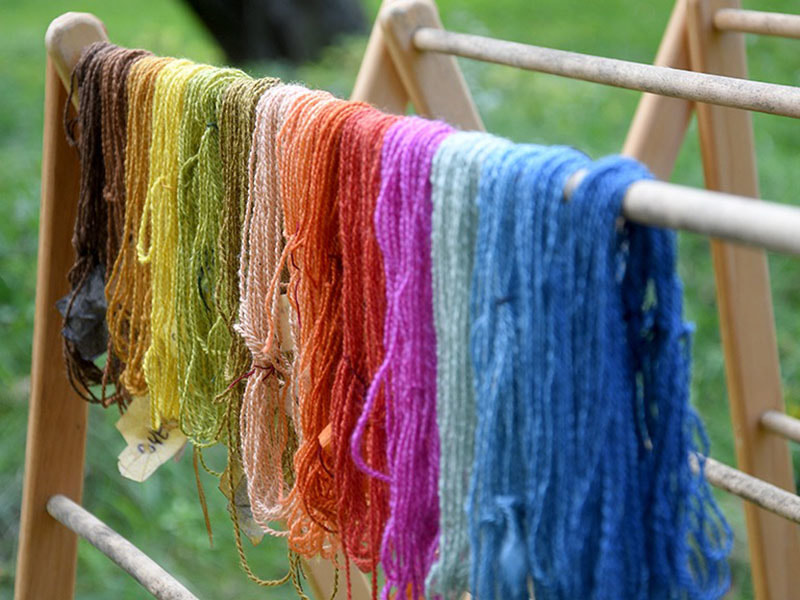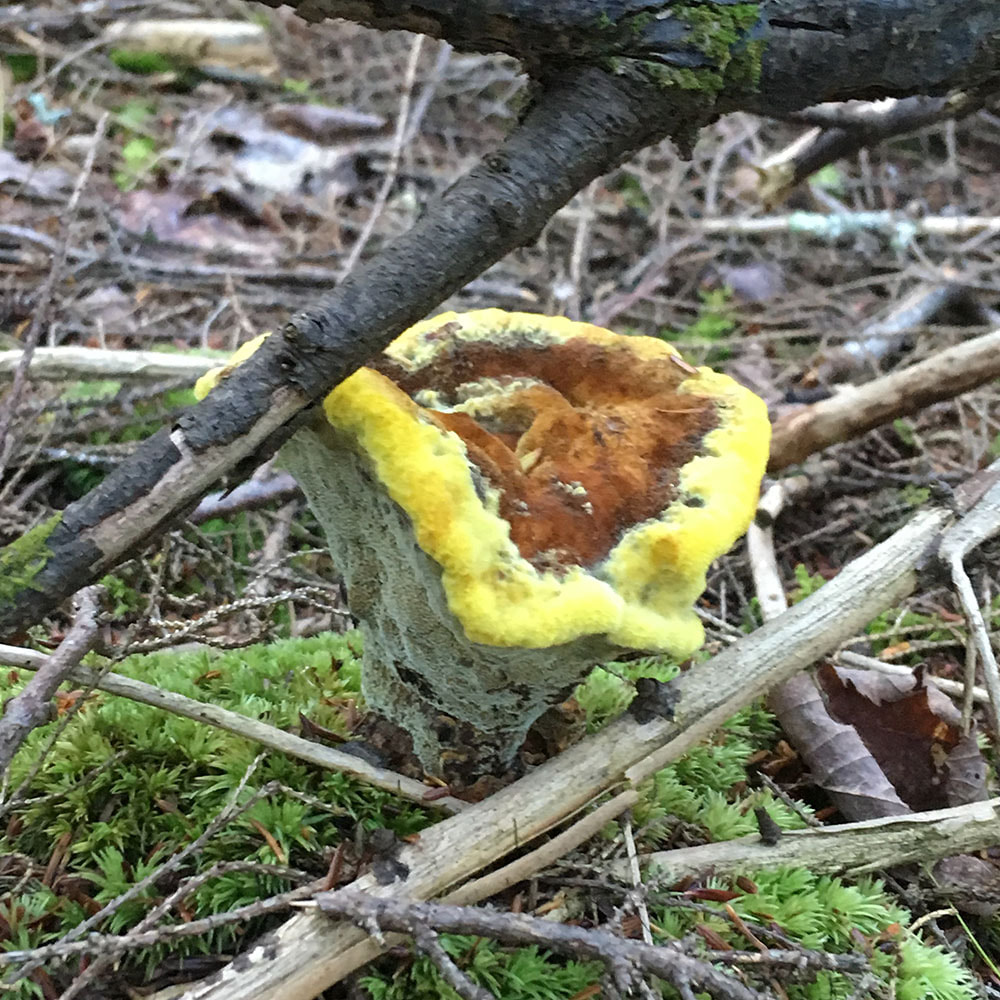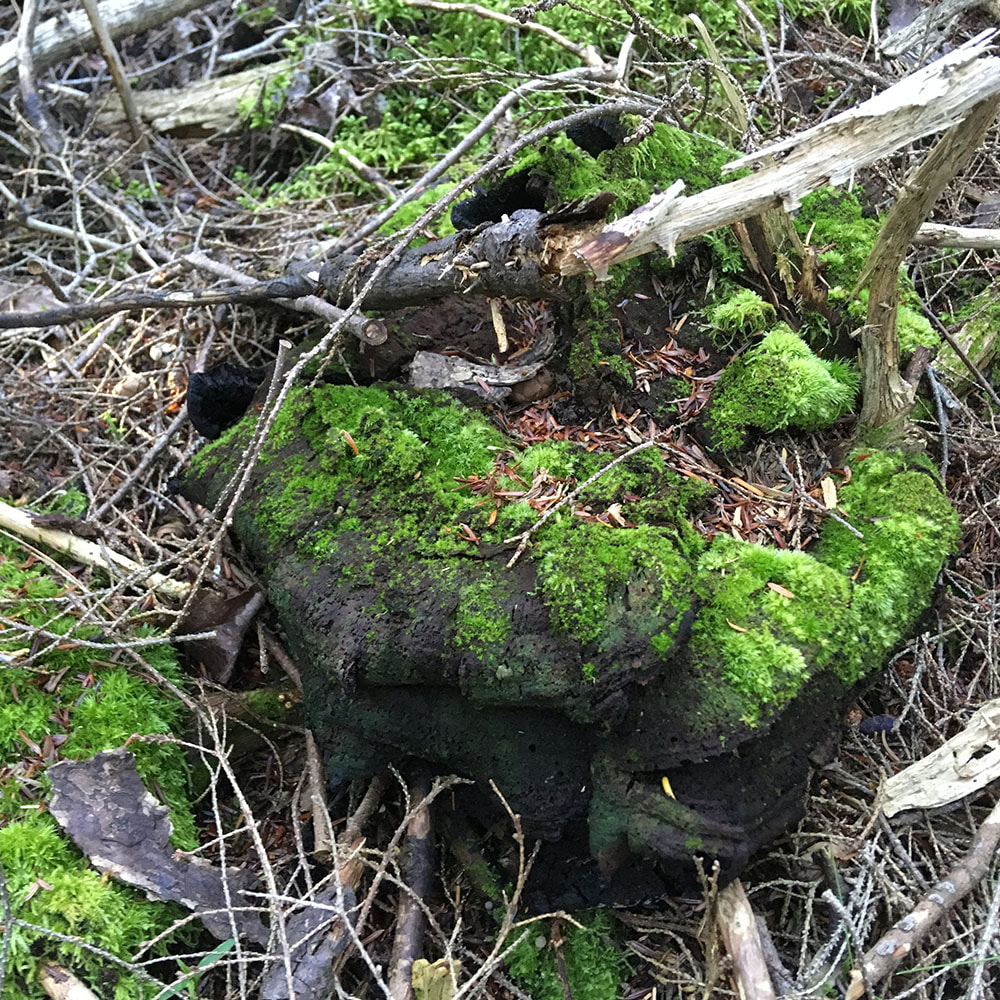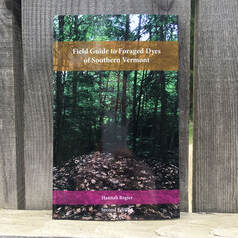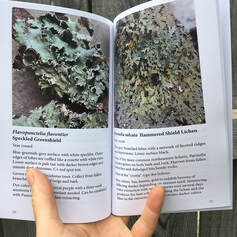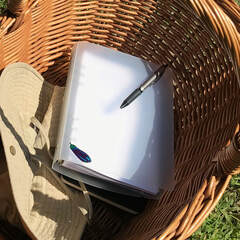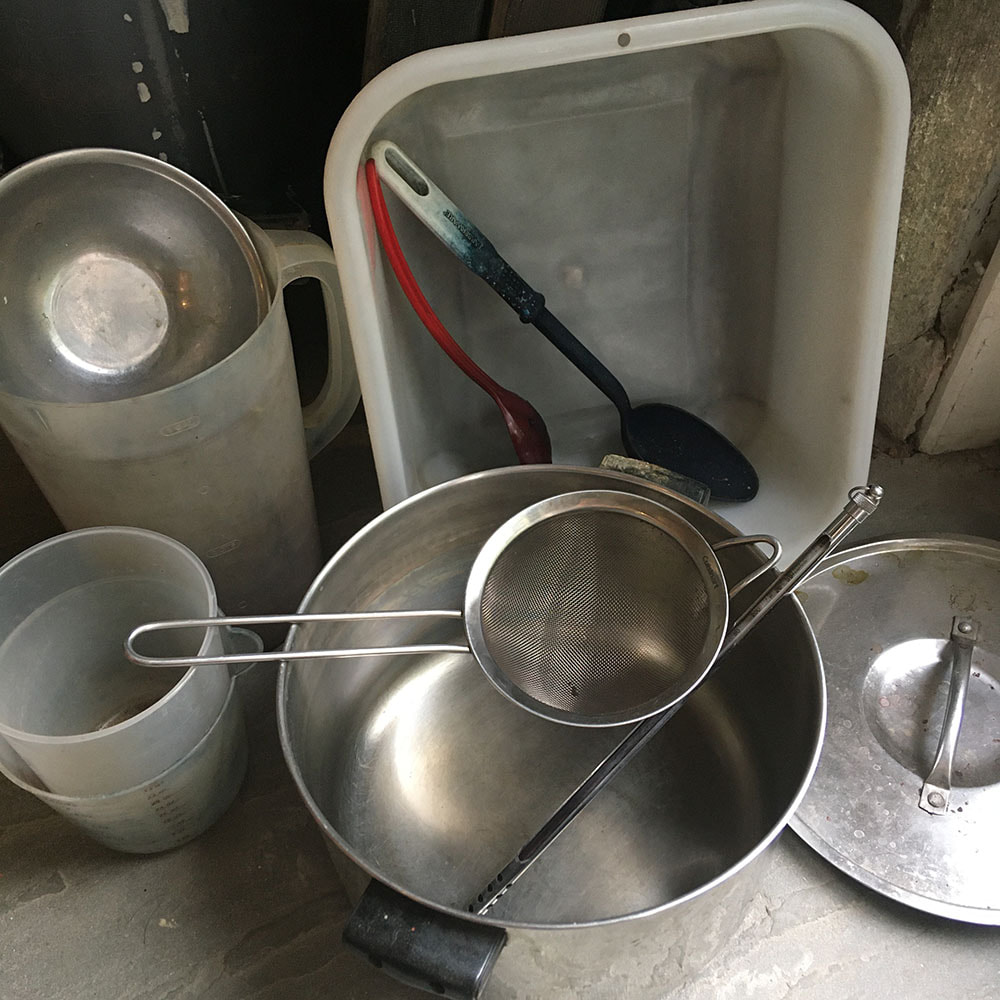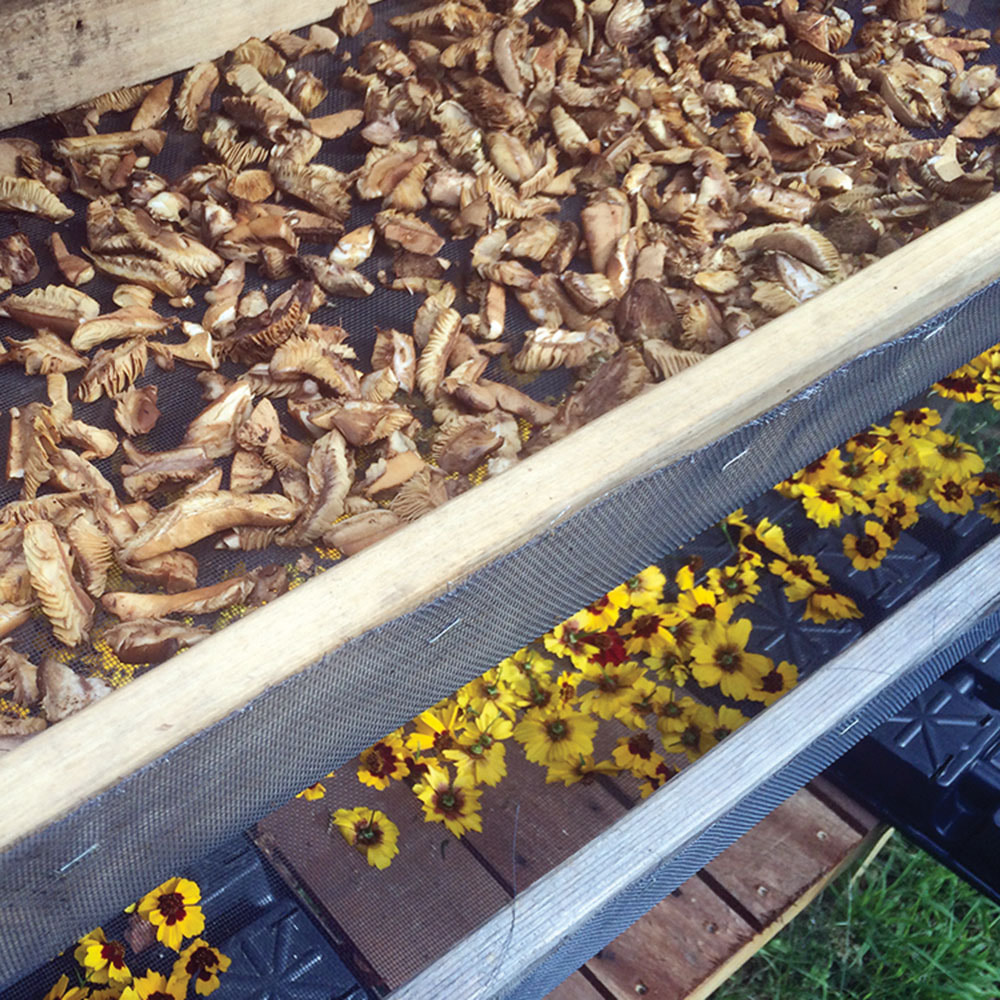Build your own self-paced, foraged & farmed natural dye workshop
The components
|
Exercise / meditation: The ethical foraging mode of being in the woods
This is the exercise that I use to start off the foraging part of my workshop. In thinking about what would be valuable for students to take away with them, I reflected on the things that foraging and growing natural dyes has taught me beyond the practical steps to transferring color to fiber, such as: new modes of being in the ecosystems around me, a way of working with the sensitivity I have always felt towards non-human forms of life, and an intention to remain open to the possibilities of learning from the organisms that provide my dyes. These lessons mirror and support a whole philosophy of living slow, observing deeply, and exploring not just a creative practice, but an ethical and socially engaged life as well. I suggest you print out the blog post and bring it in the woods with you so you can sit down and work through it with various different organisms. Free |
|
Field Guide to Foraged Dyes of Southern Vermont
This 40 page, pocket-sized, self-published guide book, offers an introduction to ethical foraging and identification for 20 of my go-to natural dye organisms. The title refers to southern Vermont, but it will be useful for anyone in the northeastern quadrant of the US and probably eastern Canada; and, to a slightly lesser degree, other places as well. I just didn't want to make claims beyond my very small radius of foraging experience. I've made the book available to purchase from the print on demand service Lulu. $14.00 |
|
Step-by-step natural dyeing instructions
This is a pdf download of the 14 printed pages that I normally provide to workshop participants in a little 6 x 9 binder. The step-by-step instructions are specifically for dyeing protein fibers (wool, silk, and other fibers from animals.) The topics covered are:
No frills, black and white, text only! FREE |
|
Materials
Undyed wool, alpaca, silk, or blends of animal fibers. Yarn, fabric and roving will all work. The quantity depends on how much you want to dye, but keep in mind that you will need more natural dye material than you think to get rich shades on your fiber. I like winding 10 gram mini skeins of yarn for my samples. My preference is for locally produced fiber to join with locally foraged dyes, so check around where you are to see if there are any farms selling their own yarn. Tools and Supplies list These are the items you'll need to start dyeing with natural dyes. I'm including links to ProChem and Botanical Colors for some items, but they can be purchased from many different places.
From the thrift shop, tag sale, or the back of your closets.. Stuff that can be dedicated to dyeing:
|

